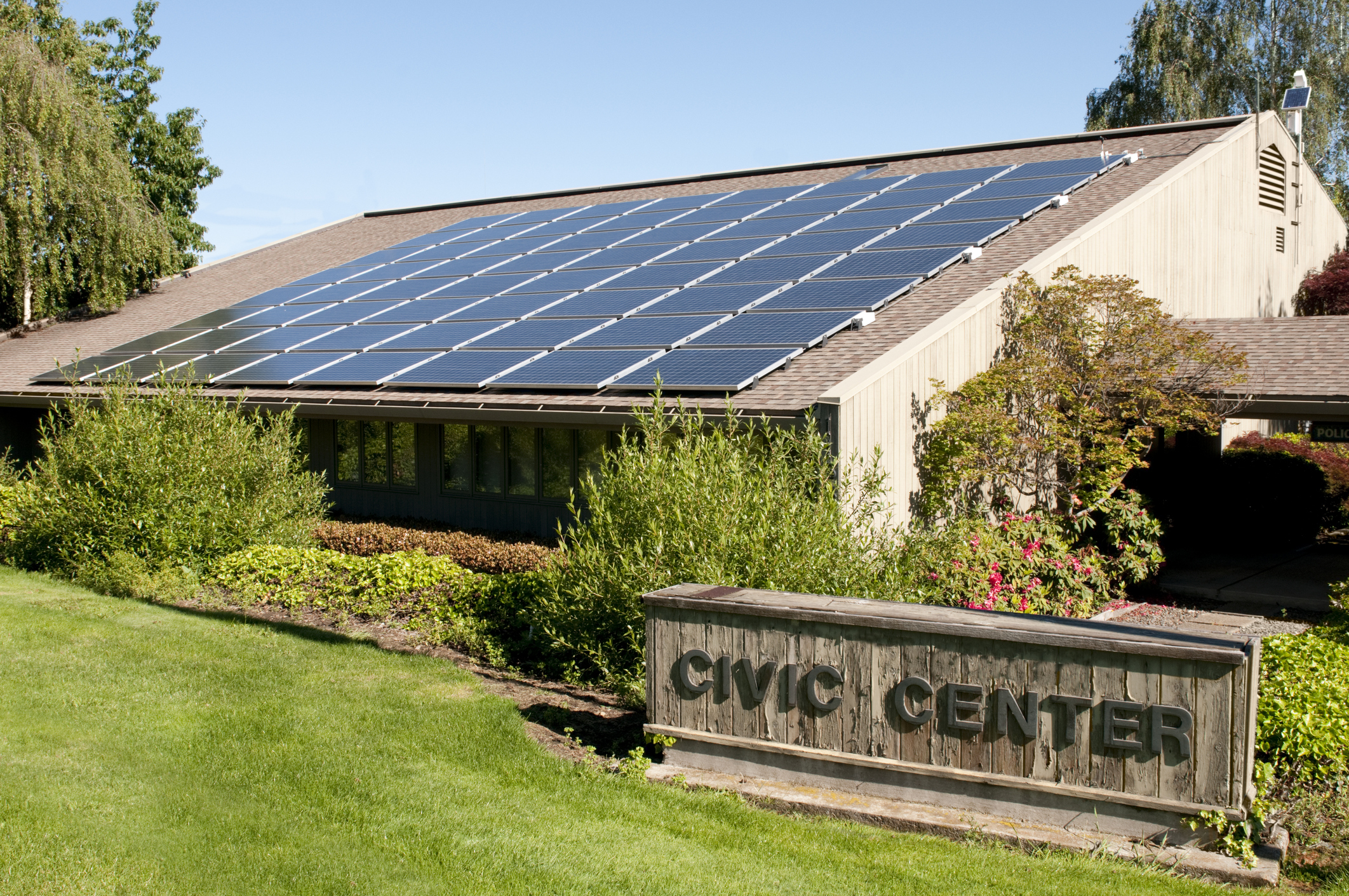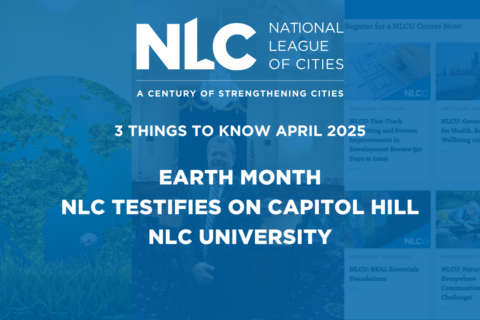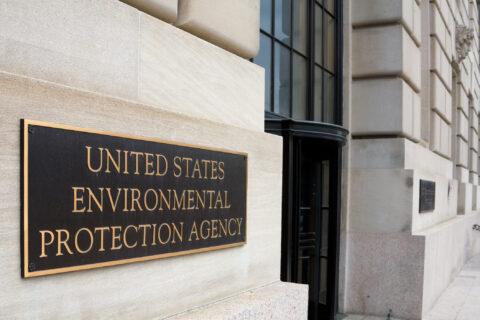The Inflation Reduction Act (IRA) of 2022 continues existing and creating numerous new tax incentives for clean energy today. The most notable change for municipal governments has been the option for elective pay, in which local governments can take advantage of rebates as a non-taxable entity. Through elective pay, cities large and small can receive rebates for projects in clean energy and electric vehicles.
Understanding which projects are eligible for direct pay and how to file with the IRS is important for city staff as due dates are approaching, plus filing depends on how your jurisdiction elects to calculate their tax year (e.g., calendar year or fiscal year). For first-time filers and municipalities electing a calendar tax year — which are likely most local governments — filings for projects that were put into service in 2023 are due November 15, which includes an automatic six-month extension for first-time filers. In subsequent years, for local governments that choose a calendar year calculation, filings would be due on May 15.
Each project must preregister and receive a number before filing. Due to wait times for registration numbers from the IRS lasting upwards of several months, local leaders should act now to be ready by the filing deadline. It is also worth noting that coordination across multiple city departments is likely needed, including legal, financial and sustainability teams and others.
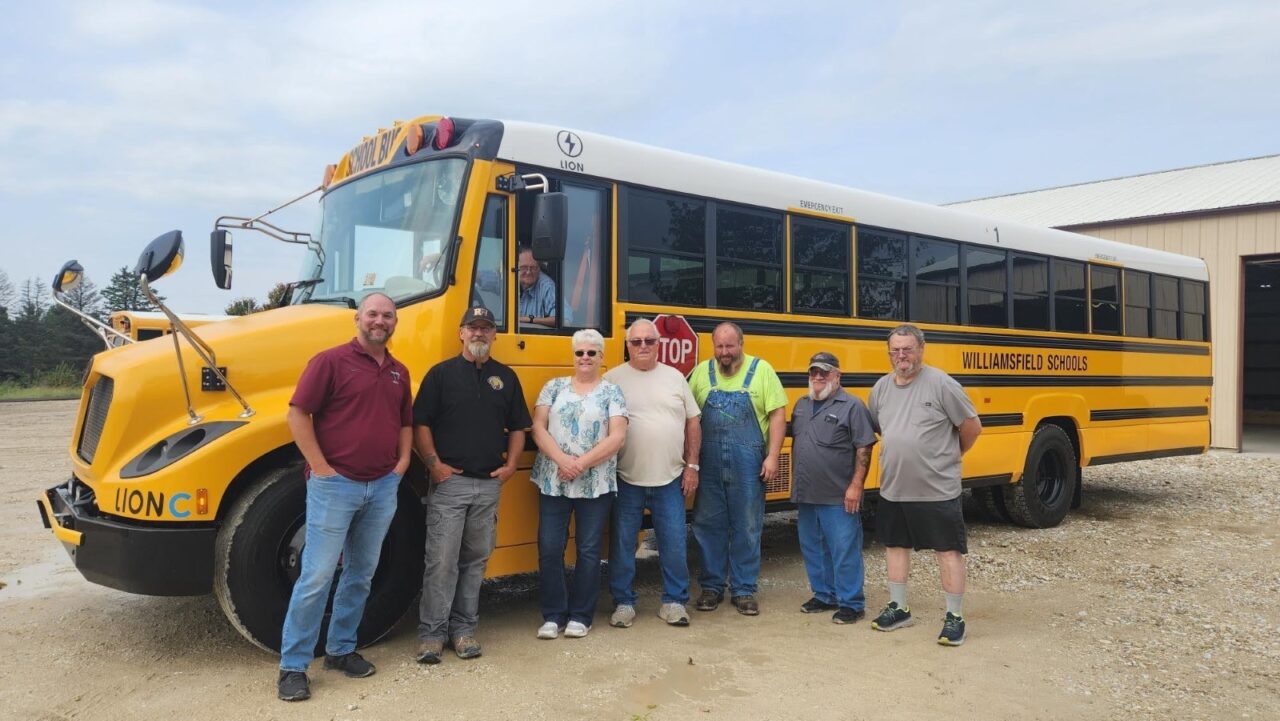
The table below aims to help city leaders and staff understand which IRA provisions are eligible for elective pay. Continue reading for three case studies of projects that cities are pursuing to take advantage of the IRA tax incentives.
Production Tax Credits
- Renewable Electricity Production Tax Credit (Section 45)
- Carbon Capture and Sequestration Tax Credit (45Q)
- Nuclear Power Production Tax Credit (45U) – New
- Clean Hydrogen Production Tax Credit (45V) – New
- Advanced Manufacturing Production Tax Credit (45X) – New
- Clean Electricity Production Tax Credit (45Y) – New
- Clean Fuel Production Credit (45Z) – New
Investment Tax Credits
- Energy Investment Tax Credit (Section 48)
- Advanced Energy Project Credit (48C)
- Clean Electricity Investment Tax Credit (48E) – New
- Commercial Clean Vehicle Credit (45W) – New
- Alternative Fuel Refueling Property Credit (30C)
Alexandria, VA
In 2023, Alexandria planted a serviceable electric vehicle (EV) charger at the office of the Department of Community and Human Services. The city has a history of being sustainability-minded, releasing an Environmental Action Plan and creating an Environmental Policy Commission and Office of Climate Action. The Office of Climate Action looked through the city’s existing Capital Improvement Plan and outlined to the finance team that already upcoming investments could qualify for elective pay, essentially increasing the value of their assets from the IRA rebates.
It took collaboration across multiple teams to fill out the forms to get their EV charger pre-registered with the IRS.
“After you have done the project, once you sit down and fill out the forms, it is not a long process and relatively easy when working together.”
Kendal Taylor, Director of Finance, Alexandria, at NLC’s Congressional Cities Conference, March 2024
Bring together departments with different strengths and institutional knowledge; sustainability, operational, permitting and finance staff all contain the information for different pieces of the puzzle.
Morrisville, NC
The Town of Morrisville plans to install two solar photovoltaic (PV) systems: an array at Town Hall and one at the Morrisville Aquatics and Fitness Center. Both are projected to produce a total of 121 kW of energy. These sites were identified by a 2022 solar evaluation of municipally owned facilities, aiming to meet the goal of 200 kW of solar generation by 2026 as part of the Master Sustainability Plan.
The PV installations are possible through Congressional Directional Spending grant funding. Since these projects received grant funding through the U.S. Department of Energy, there are Buy America Build America (BABA) requirements associated. This important example showcases how elective pay can stack with other forms of funding; as long as the total grant or loan amount combined with the elective payment does not exceed the total cost of the investment.
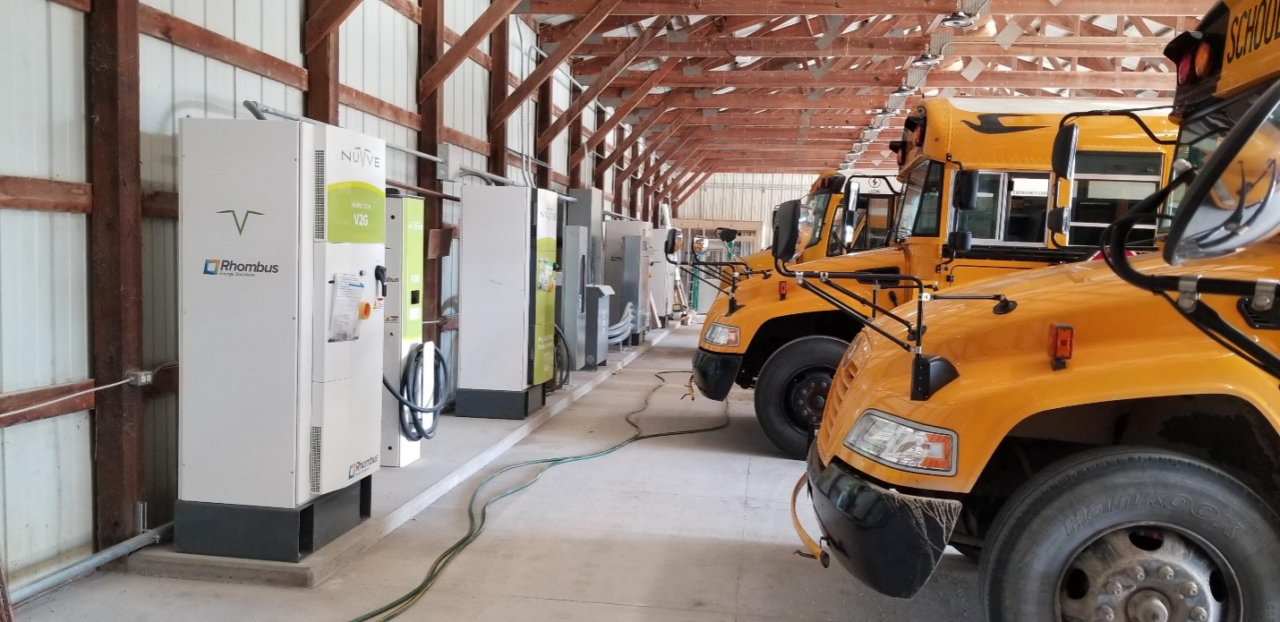
Williamsfield, IL
Williamsfield School District was one of the first public entities to file for IRA elective pay provisions, finishing their filing in late April after electing to follow a calendar tax year. This is a project that has been in the works for a couple of years; taking advantage of numerous grant opportunities, including the U.S. Environmental Protection Agency’s Clean School Bus Program. To date, they have installed four DC Fast Chargers and seven Level-2 chargers and have seven operational EV buses with another one on the way. They preregistered each bus and charger, as outlined by 45W and 30C, respectively, to get a separate identifying number for each project. They then filled the forms for each bus and charger with each corresponding identifying number. Superintendent Tim Farquer goes into great detail on Williamsfield’s experience in the filing process during a recorded webinar.
Additional Resources
- Internal Revenue Service – User Guide
- Government Finance Officers Association – IRA Implementation Resources
- Lawyers for Good Government – Resources
- Smart Surfaces Coalition – The Direct Pay Program One-Pager
In the coming months, NLC will produce additional resources for all cities, towns and villages on how to utilize the elective pay clean energy tax credits, what to know, how to avoid mistakes and real-life examples, among others.
Stay Connected
Sign up for our newsletters to get the latest updates on NLC’s efforts.
